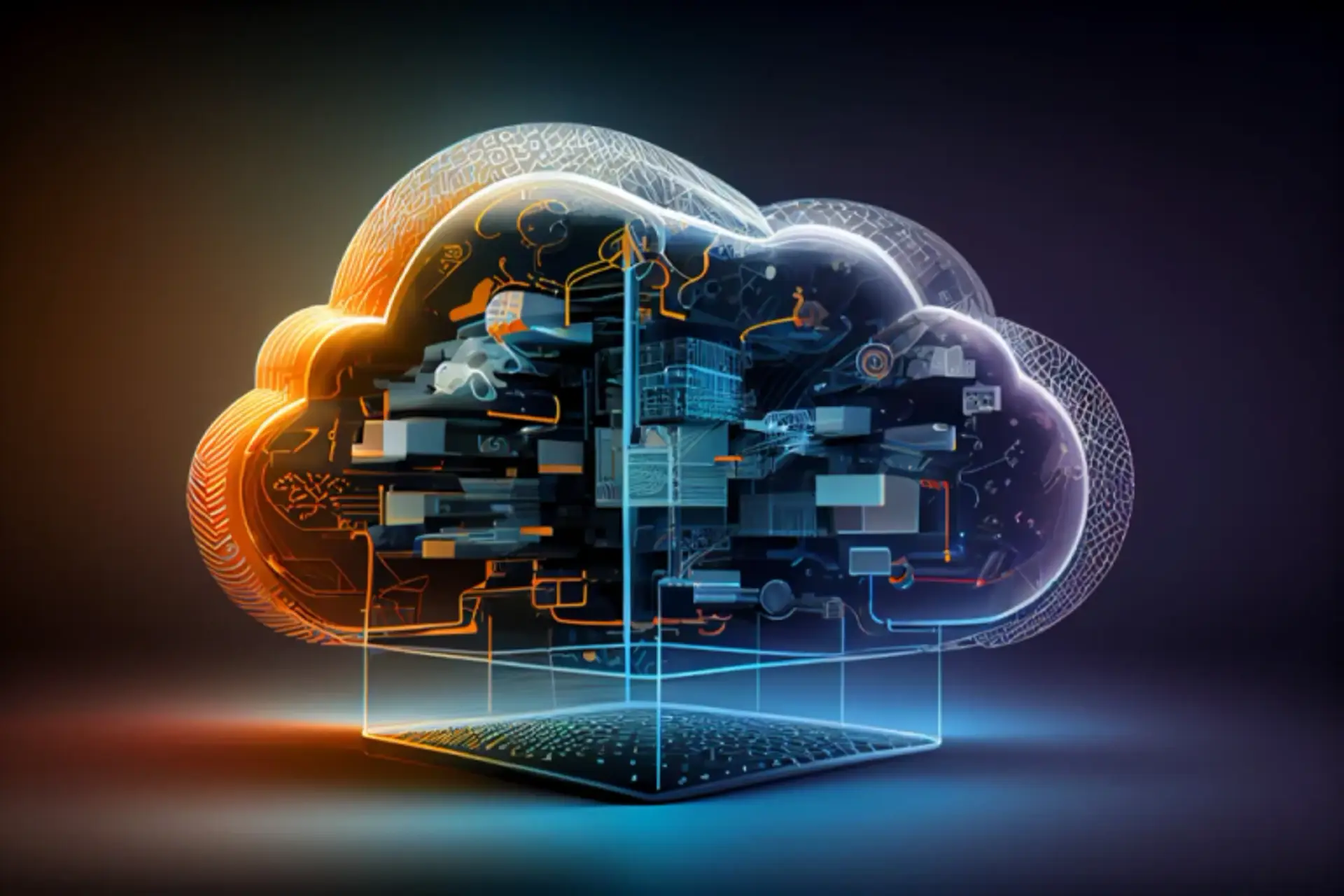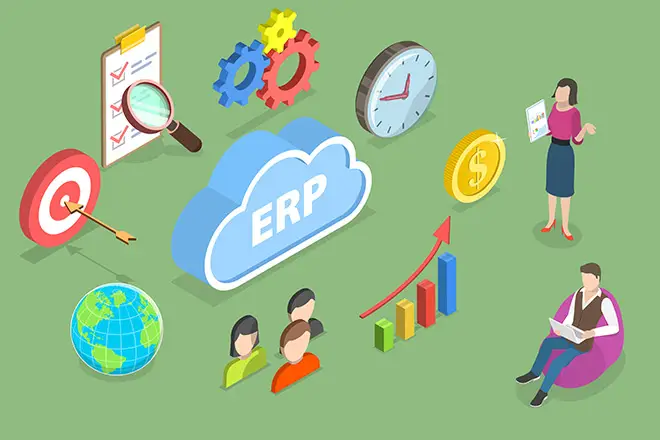
In the process industry, ERP systems often continue to act as reliable anchors in many companies. And the market, at least for non-monolithic and industry-oriented solutions, is as lively as ever.
Nevertheless, existing ERP systems are under pressure from today's requirements such as modular architecture and integration with cloud-based applications. How can the best of both worlds be combined?
ERP systems today are not only in competition with other ERP solutions. The greatest pressure for change is coming from elsewhere: be it microservice platforms that enable companies to build their own tech stack or hyper-personalized cloud-native solutions. Cloud architectures and system-opening application programming interfaces (APIs) have fundamentally changed the face of IT. However, viewing ERP and microservices as opposites is misleading. Especially as the use of microservices also poses challenges.
Microservices are primarily intended to improve the maintainability, scalability and flexibility of IT systems. If a microservice is revised, the other applications remain fully functional as they are built autonomously and communicate via standardized interfaces or systems. In this way, microservices can be developed, tested, deployed and scaled independently of each other. This also makes them resistant to failures (resilience), as disruptions to one service have no impact on other services. Another advantage is that it does not matter which technology was used to develop a microservice, as its inner workings are irrelevant, which also significantly simplifies integration between the individual components.
However, even microservices must ultimately combine to form a uniform structure of integrated tools that simplifies business processes as a whole, offers automation and increases operational efficiency. This will sound familiar to many, as this is exactly what is expected of ERP solutions. The main difference is that an ERP enables internal control and monitoring by a dedicated IT team, which is also responsible for testing and troubleshooting.
Microservices and macro clutter?
This is an advantage in many situations, because without supervision, companies can quickly get into a confusing mess, especially when using microservices. For example, it is necessary to keep an eye on several applications that are critical to the business/system and could therefore lead to the failure of the entire system park. From a compliance and cost controlling perspective, this is a potential nightmare if, for example, licenses expire, latency times remain uncontrolled or costs rise uncontrollably if new users are simply added without anyone keeping an overview.
This is why microservices should not be too small. Otherwise, this quickly leads to an immense amount of data exchange operations between the individual services. This in turn places a burden on both the entire system landscape and the integration of third-party systems. If the microservices are grouped in too small a way, integrations may involve more effort than in traditional architectures.
Also, every integration of new microservices always requires new familiarization and training. Instead of familiarizing themselves with a uniform user interface for all services, users are confronted with a long list of tools that they have to jump back and forth between to accomplish their tasks. This quickly turns 20 different services or third-party extensions that improve efficiency into 20 new ways that something can go wrong.
ERP connection via APIs
A middle way is to choose an ERP solution that offers a flexible, i.e. above all a code-free integration structure. And which integrates third-party solutions and microservices via so-called REST APIs (REST, Representational State Transfer) in particular, without sacrificing a uniform core platform. APIs allow the central ERP system to work with third-party applications without any major programming effort. This is because, unlike the integrated applications, they themselves use standardized protocols, concepts and technologies such as REST. Modern security aspects are not neglected either, as REST APIs use established and standardized procedures for authentication, authorization and encryption.
Companies should bear in mind that possible API standards cannot be developed generically and then laid over the ERP and its neighboring systems as an "API layer", so to speak. Rather, the core functionalities of the existing system must also be accessible via a modern API and not just new functionalities. The procedure therefore only makes sense the other way round: first, the existing systems need to be analyzed and the results of this analysis will then determine what the API standards should look like. With a strong API at the core of the ERP solution, further new principles and technologies such as microservices and cloud-native can then be established step by step.
Cloud-native components and development frameworks open the way to a cost- and risk-optimized operating option. Optimal models can be created in this way, particularly in conjunction with a microservices architecture. In addition, large parts of the operational responsibility and maintenance are transferred to the cloud provider, who has access to significantly more personnel and technical resources. Another big plus is the convenient, mobile access from (almost) any device. All you need is an internet connection.
Expansion into the cloud
This type of "cloudification" of the ERP solution usually follows a step-by-step process. The main questions to be clarified here are: Are the data protection requirements all met? Or: How can the cloud services be integrated into ERP systems that are still running "on premise"? Separate communication and integration platforms between ERP and cloud services provide a good link between in-house ERP and the cloud. Some ERP solutions, such as the GUS-OS Suite with the "Digital Hub", already have such "connectors".
Such a cloud-based service makes it possible to make the processes of the ERP system individually accessible outside the respective company and thus on a wide variety of channels, interfaces and other front ends. For example, suppliers, mobile employees and even machines and IT systems can be integrated into the ERP environment. In this way, open APIs are extended directly into the cloud and offered in a fully scalable manner. The technical basis for this are cloud-native modules and an "API-first" approach.
This article was first published in the 5/2023 issue of Digital Process Industry, www.digital-process-industry.de


